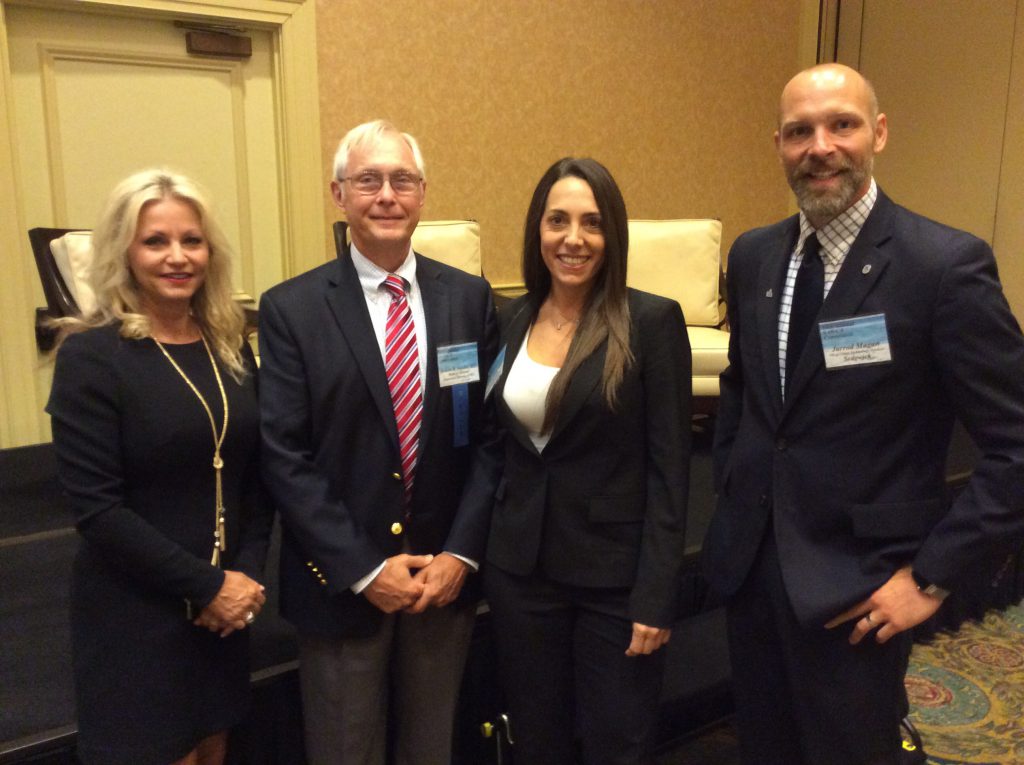Technology’s Impact on Medical Care
At the 2016 SAWCA Annual Conference a panel discussed how new technology is changing the medical community. The panel was:
- Jarrod Magan – VP of Client Technology Services – Sedgwick
- Tammy Boyd – Vice President of Business Development & Marketing – NeuroInternational
- Jill Rosenthal – SVP and Chief Medical Officer – Zenith Insurance
- Robert Snyder – Medical Director – Tennessee Bureau of Workers’ Compensation
Technology is having a significant impact on many elements of our lives and the field of medicine is at the forefront of this. Things like wearable technology, mobile apps, telemedicine, and phamacogenetics are transforming the patient experience. Apps have really transformed patient experiences as patients can schedule appointments, view their medical records and refill their pharmacy using their phone.
Pokémon Go has turned out to be an unintended health app. Data shows that Jawbone users are getting significantly more steps by playing this game because it requires them to go outside and walk around.
One big concern around the increase of technology in medicine is the risk of data theft. Medical data is full of the most personal information about individuals, and the convenience of having all this easily accessed online also comes with the risk that someone can hack into the system and steal your information.
There are several areas in particular where technology is impacting medicine:
Pain Management – Pharmacogenetics allow physicians to customize medications for the patient using genetic analysis. The testing can show how patients will metabolize certain medications which eliminate the trial and error of attempting to find the medication that works best for a patient. The testing gives physicians’ information showing exactly which medications and dosages will, and will not be effective for pain control. In theory, this test needs to only be done once for a patient and it will then become part of their permanent health records. The time may come where this test is something automatically administered to all patients because of the valuable data it provides.
Mental Health – Patients often under-report mental health conditions in face-to-face interviews. However responses tend to be much more accurate using an app which patients view as less intrusive.
Injury Diagnosis – Telemedicine will allow patients to diagnose and treat a patient without actually seeing them face-to-face. There is also a downside to this though as the physician can learn much about the patient by seeing them. Many view telehealth as a supplement to seeing the physician rather than a replacement.
Access to Care/Information – Health insurance portals can provide patients with a complete record of their personal health history. Some of these portals have very useful information which builds on your records to provide patients with feedback and wellness suggestions, while other portals are simply an online database of records. Raw information can be a negative also because patients will Google and self-diagnosis themselves and become convinced they have a particular diagnosis.
Safety and Injury Prevention – Wearable technology can show when a person is over-exerting, lifting improperly, overheated, dehydrated, etc.
Medication Adherence – Apps can help monitor that a patient is taking medications as directed.


